What’s Correct, Left or Right Hand Retreive?
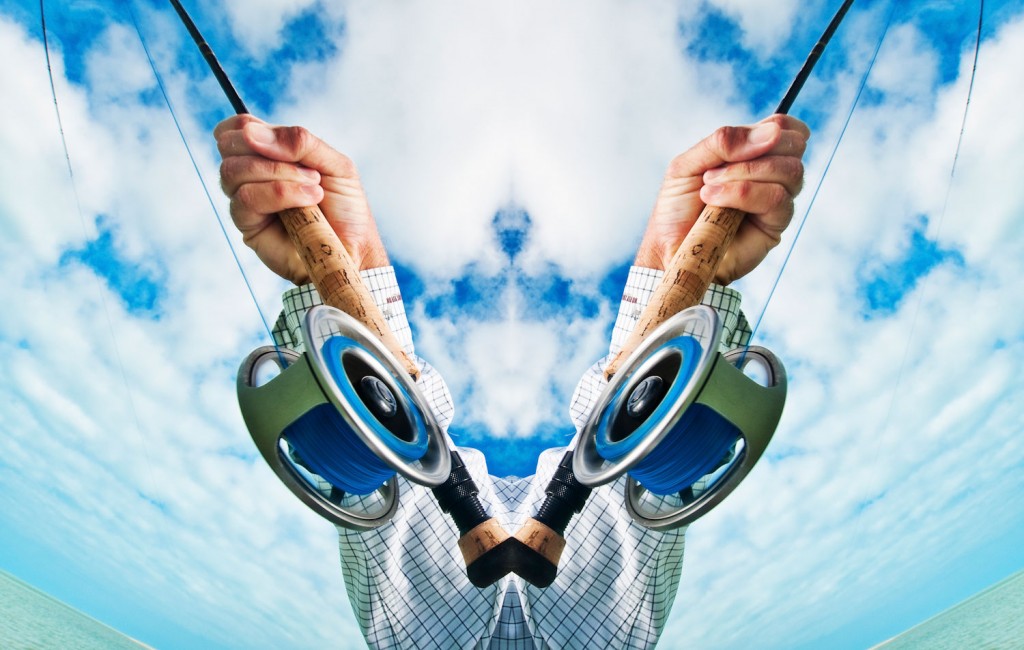
I cast right handed so I should reel with my left hand right?
Ask a saltwater guide and 95% of them will tell you the correct way is to always reel with your dominant hand. Ask a trout fisherman and most will say you should reel with the hand opposite your casting hand, because that way you don’t have to switch hands in the middle of fighting a fish to reel. I could go on and on arguing for both sides actually, but I think in the end it’s really a matter of personal preference. In my opinion, there’s no right or wrong way to reel as long as you’re able to get the job done on the water. I figured out a long time ago it would be beneficial for me to learn how to reel and fish effectively both ways. That way it would never be an issue when I was borrowing gear from a buddy, fishing the rod my guide has rigged up for me, or hitting the saltwater flats. It’s worked out great for me and I highly recommend others doing so.
That being said, having sat here and pondered this subject for about an hour now, I decided to call a couple of my buddies in the industry to get their personal opinions. My first buddy works at one of the most prestigious fly shops in the country and he told me the left hand right hand debate, has become one of his biggest pet peeves. He says customers come into the shop all the time asking to get a reel spooled up and when he asks them if they want left or right hand retrieve, he often gets the answer, “Let me call my buddy and ask him what setup I should use”. My fly shop buddy argues, “There’s no law or rule that requires us to fish and reel a certain way. Who cares if someone says your ass backwards. You have every right to fish the way you feel most comfortable”. I happen to strongly agree
Read More »Chasin’ Sea Runners, NZ style

By Chris Dore
So we don’t have any Sea Trout here in New Zealand as many would know them, but we have some great sea run brown trout fishing.
Our ‘Sea Runners’ are just your standard, wild brown trout simply exercising their efficient feeding patterns: they follow the food into and out of the salt as availability determines. What this means, however, is that there are a whole lot of fat, strong, and very fit fish that don’t see a lot of angling pressure while in our estuaries… Best of all, the months our main rivers are closed are often the best times to target them in tidal areas open year round.
When whitebait run in the springtime, many upstream residents of our coastal rivers drop back to the tidal zones to take advantage of this protein bonanza. Often these fish, along with those already residing in the tidal estuaries will follow the food out of the river mouths with the tides, and patrol the adjacent beaches.
With this event currently happening here in NZ, here are a few tips to get you amongst these estuarine brawlers.
• Whitebait aren’t strong swimmers: they will swim with the current which means upstream with the incoming tide… Your flies should too.
• However a useful tactic at times is to “swim against the flow” if your flies aren’t getting noticed. With often hundreds of naturals swimming around in a uniform direction, stripping your imitation across the current will stand out and get noticed.
• Fish your flies in teams to maximize their appeal. As mentioned, there are often hundreds of naturals moving about: a solitary fly being twitched here and there will get lost amongst the masses. Instead, fish teams of two, or three flies. With every strip of line they will
Read More »Tipping Good & Bad Fly Fishing Guides Accordingly
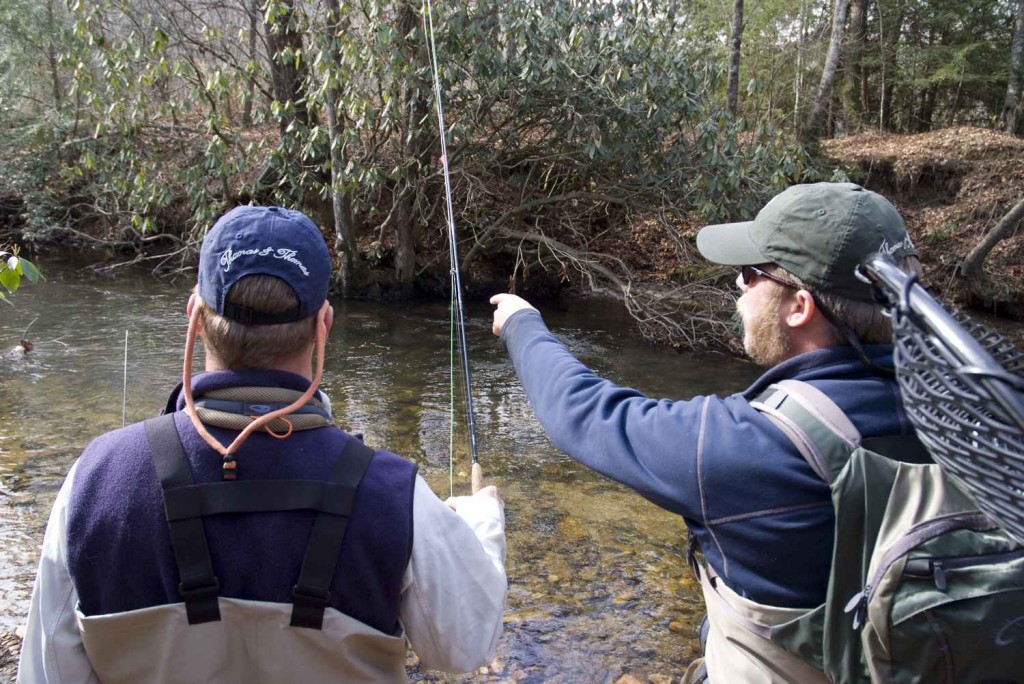
Despite all the content put out over the years, and all the communications between fly anglers on this topic, there still seems to be quite a bit of mystery still out there when it comes to tipping fly fishing guides.
I get many clients that tip above and beyond what’s expected of them. Other times, I’m literally crawling back to my truck with every ounce of energy zapped from instructing and putting my clients on fish, and at the end of the day I’m blessed with a cold empty handshake. Sometimes, there seems to be no reasoning at all with gratuity, most clients seem to get it, but no matter what, there’s always going to be those few that feel gratuity isn’t necessary or are uneducated that it’s customary. All I truly care about is that gratuity is determined and provided to the guide based on customer service and professionalism, and that with any service-oriented job, regardless of the industry, gratuity should be on the radar.
A few weeks ago, one of our loyal Gink & Gasoline followers sent us an email that voiced a few concerns about a fly fishing guide they hired on a recent float trip. Apparently, at the end of the day the follower and his partner were in disagreement about the amount of guide gratuity they should leave. Below is the email and question that was sent to us:
“I would like to get your thoughts on tipping guides. I just came back from a trip to Montana and mentioning no names, I spent a week with a very well-known guide. The trip went well and we caught a lot of fish but his equipment sucked. His Driftboat was a small skiff that he did not want you standing up in to cast, and his Skadden style raft frames front seat came off three times, almost pitching my buddy into the river. Any thoughts on amounts or percentages for tipping would be greatly appreciated.”
My Reply:
Here’s my opinion on what you told me, but keep in mind I was not there and did not see the water conditions or his boat equipment.
I’d say your guide passed with flying colors on putting you on fish and that should be a big positive. Depending on your skill level your guide probably had to work extra hard to keep you consistently hooked up with fish. On the other hand,
Read More »Caring for Bamboo Fly Rods
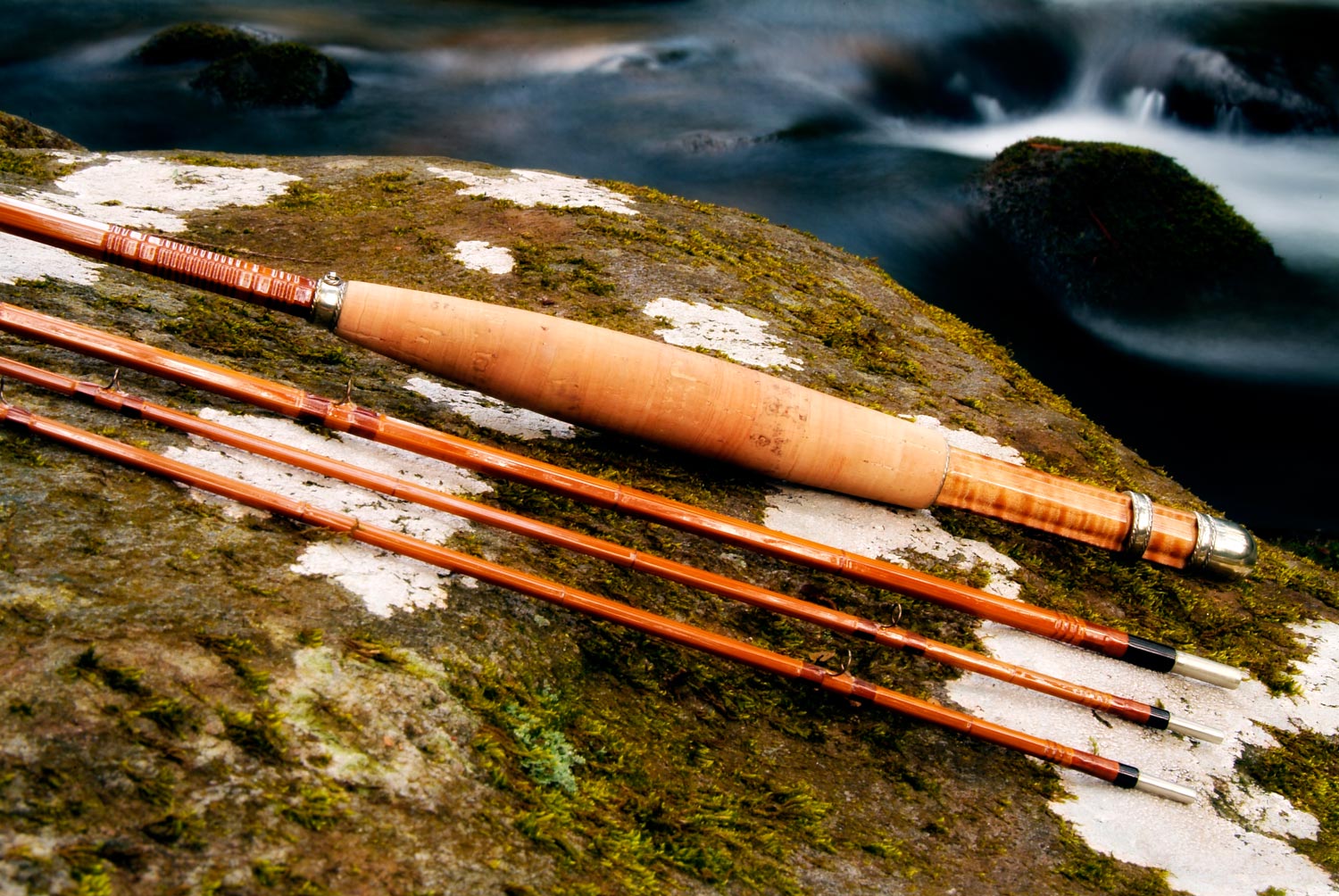
I’ve had several folks request some content on making simple repairs to bamboo fly rods.
I fully intend to to that for you, but it means that I have to find the time to get in the shop. That seems unreasonably difficult these days. Before I get into doing repairs, I thought it would be prudent to write about caring for that bamboo rod and maybe avoid some repairs all together.
Bamboo is not as finicky as most people think. In fact it’s remarkably tough but there are some basic rules for handling and storing rods that will add to their longevity significantly. Unfortunately, too many guys end up with a nice bamboo rod before they know how to care for it and learn the hard way.
Most guys start out with graphite rods and assume that you treat a bamboo rod the same way. It’s a fly rod, right? Yes, but the materials are very different and some very common practices that are fine with a graphite rod will do serious harm to the boo.
General Care
I’ll start with the simplest and most common thing boo nubes do to their rods.
Crazy Water on the Dean
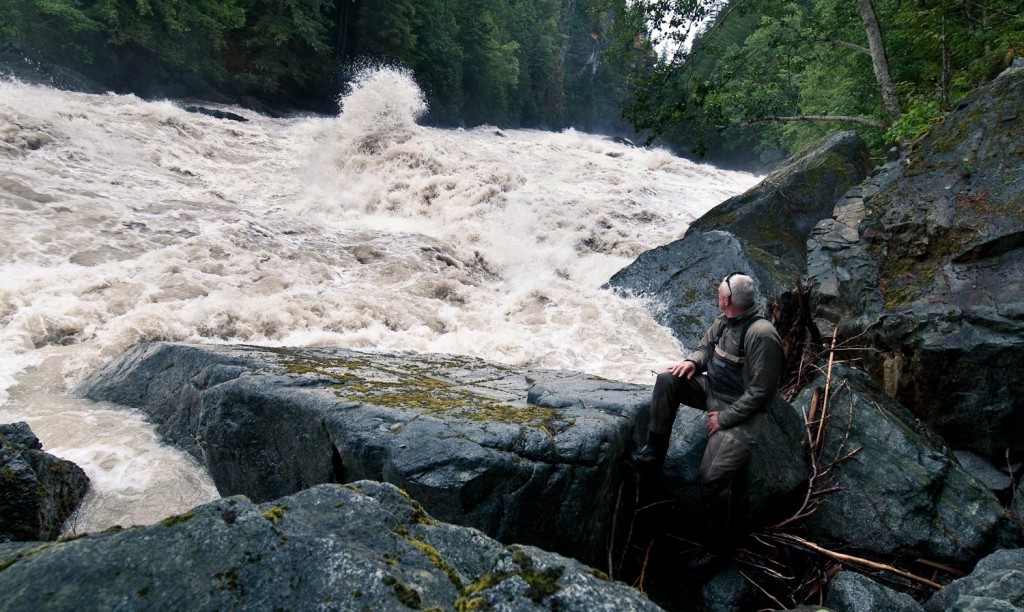
You will be reading more in the coming weeks about my trip to British Columbia to fish the Dean River.
In every post I will likely mention the tough fishing conditions. In order for you to really understand what I mean by “tough fishing conditions” I put together this little video.
I have never seen a river so crazy high. The fact that we fished the very next day and the fact that we caught fish that week is a testament to what a truly remarkable river the Dean is. I can’t wait to go back but I hope I have better conditions.
Check out the video!
Read More »Make Better Backhand Casts: Video
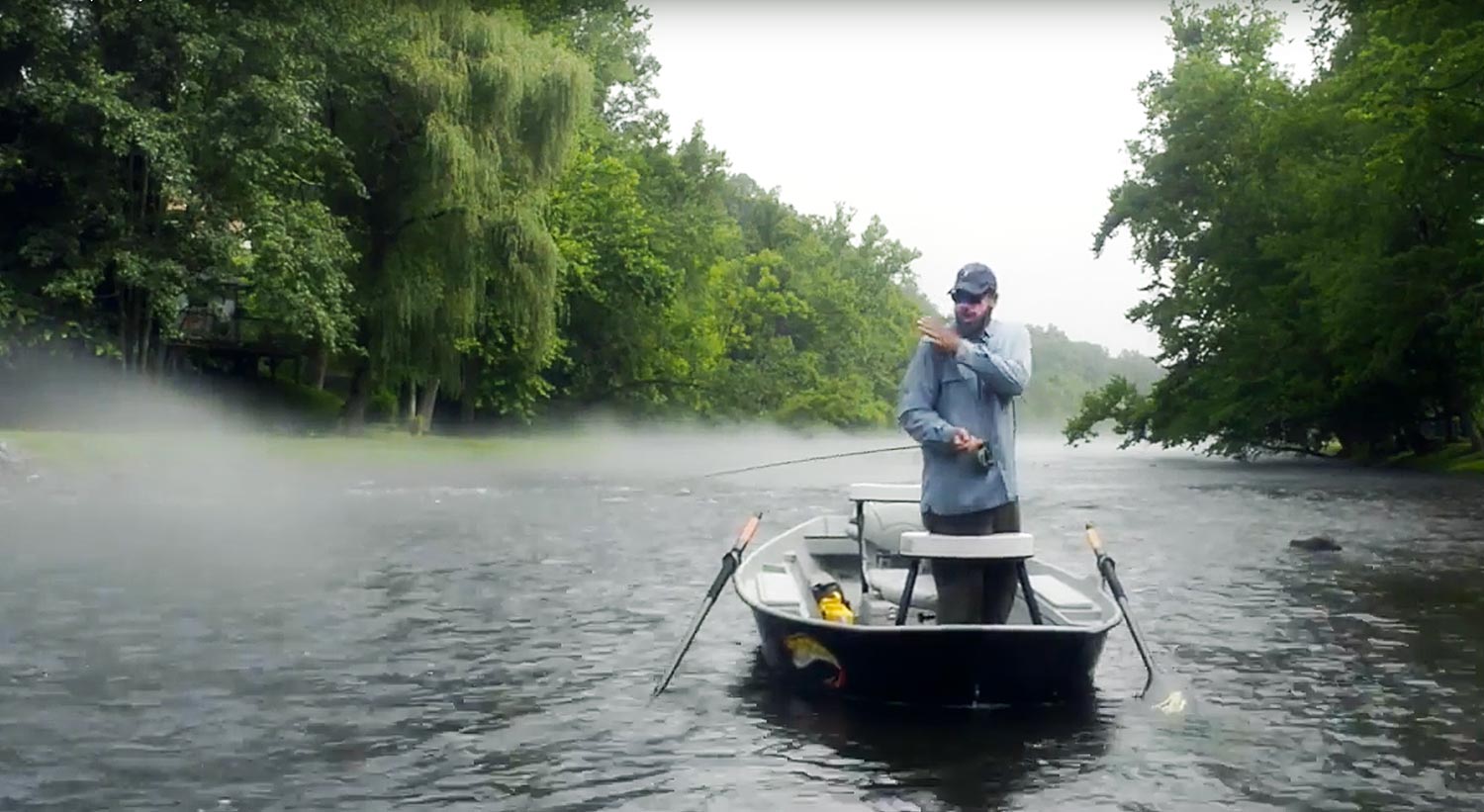
The average fly fisher struggles with making a backhand presentation.
A good backhand presentation is the mark of an effective angler. Being able to deliver a fly on the backcast makes you more efficient on the water and, simply put, catches fish. If you can make a good forward cast, you already have the skills you need to make a good backhand cast. It’s just a matter of getting your head around it.
The trick is getting your body into a natural casting position, and remember to make a good positive stop. Once you get the feel for it, there’s nothing to it. It will make you a much more effective angler. Especially when streamer fishing.
WATCH THIS VIDEO TO IMPROVE YOUR BACKCAST PRESENTATION.
Read More »Fly Fishing: Be a Big Brother
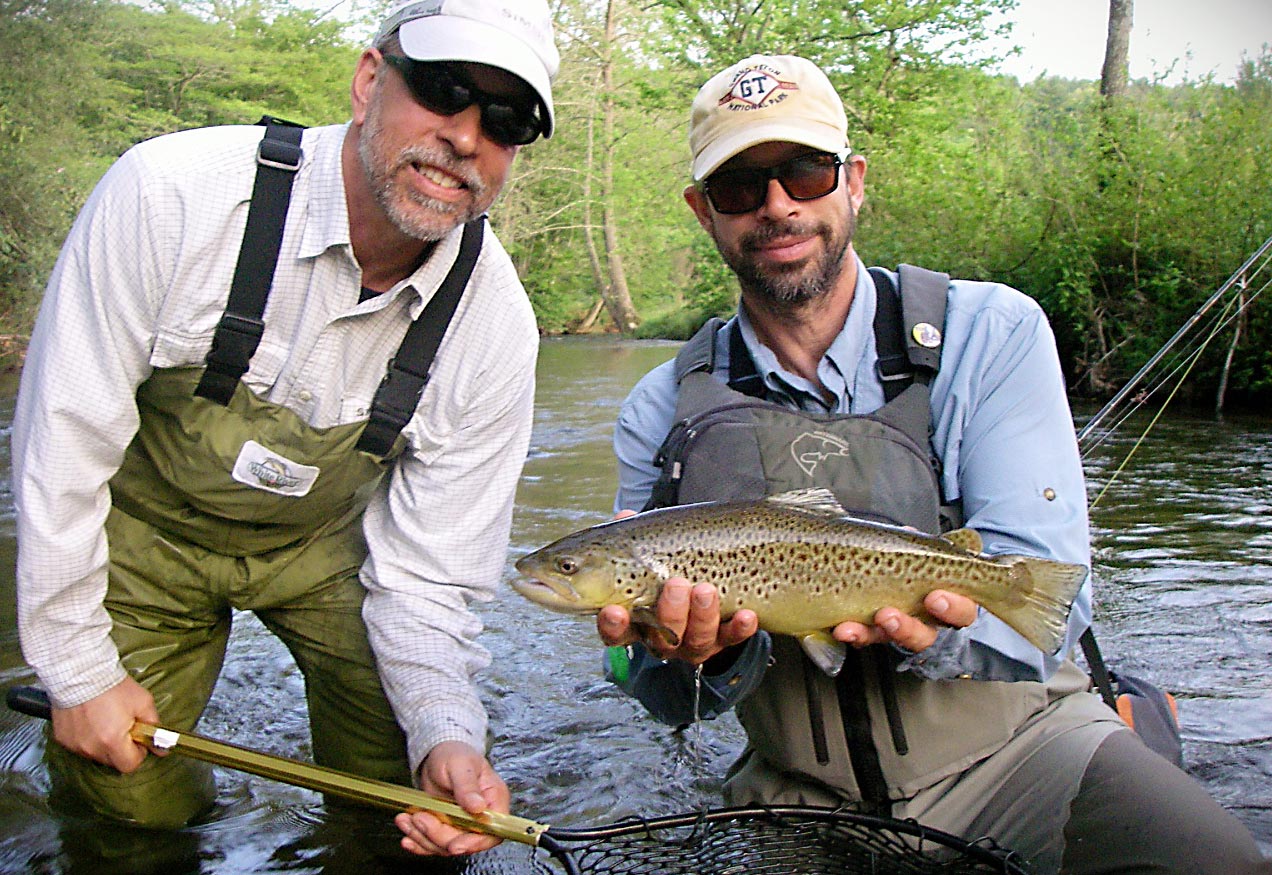
How many times have you stood by watching a rookie fly fisherman struggling to catch fish, and instead of helping them out, you turned your cheek, simply because you were in too much of a hurry to wet your own line? I know I’ve been there many times. Heck, I’ve been the guy joking around with my buddy saying, “Look at that guy. He’s standing right where the fish are and casting his fly where he should be standing.” It’s easy to forget that we’ve all been that newcomer at some point in our fly fishing past. Make no mistake, even the anglers currently with mad fly fishing skills, the ones that often carry overly inflated egos both on and off the water, knew absolutely jack squat about fly fishing much more recently than they’d care to admit. Take a minute or two to reflect on your own past, and chances are, it probably hasn’t been all that long since you were that angler that you just finished making fun of for being clueless. I can clearly remember making long drives on the weekends to chase trout up in the mountains, only to drive home discouraged with the smell of skunk all over me. It was never a good feeling, and in most cases, it could have been avoided if someone would have stepped up as a big brother/sister and helped me out for a few minutes.
Read More »Limit False Casting to Improve Your Casting Stroke
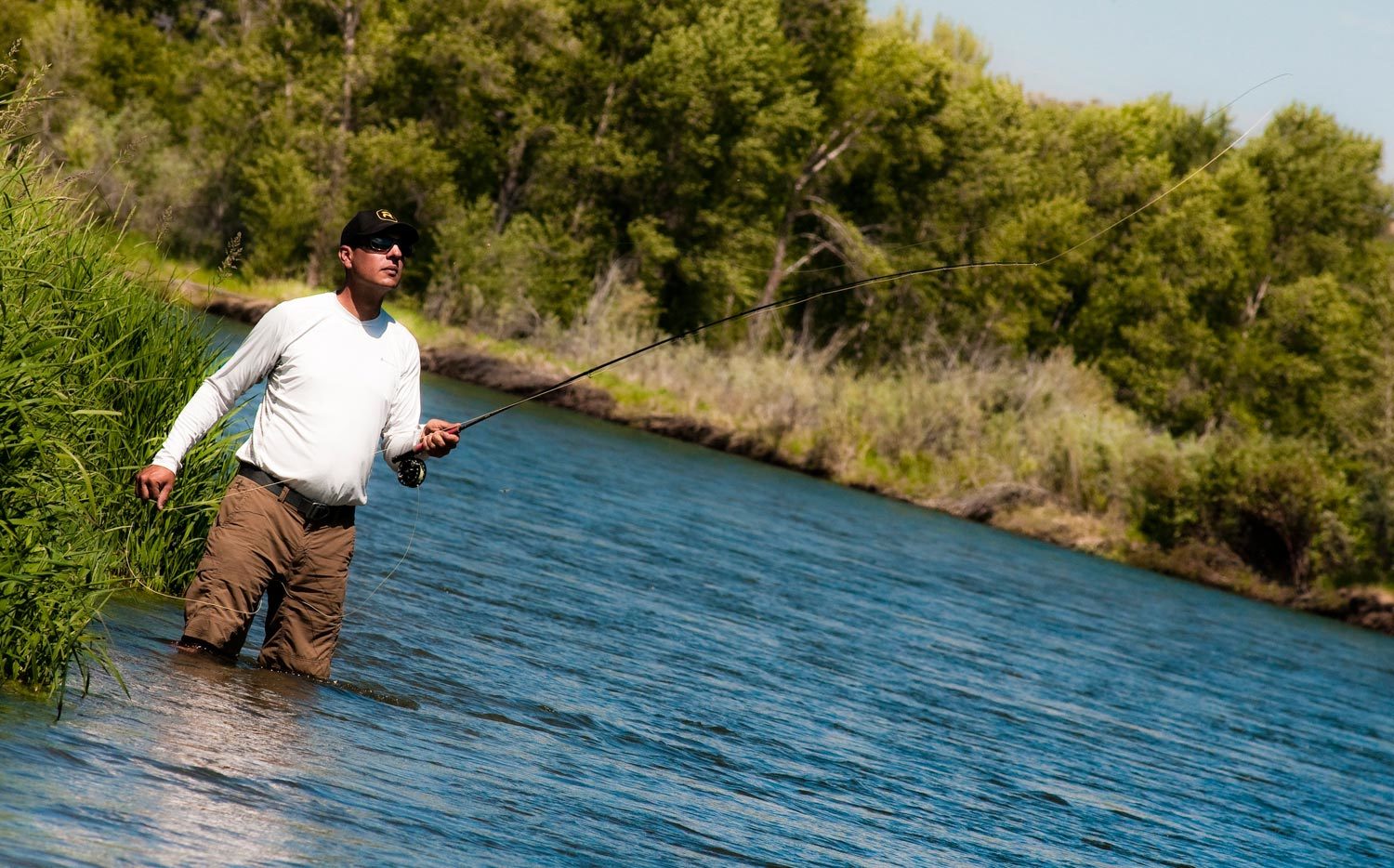
When we first start out fly fishing and we’re still learning the mechanics of the casting stroke, it’s very common for many of us to make excessive false casts in between our presentations.
For some of us, excessive false casting is an excuse to impart quality control during our fly casting, for others, we justify it for the simple fact that we just love casting a fly rod. Whatever the reasons may be for excessive false casting, it needs to be kept in check, if anglers wants to fly fish at their best. If you’re currently in the beginner or intermediate skill level range, one of the best ways to take your fly fishing to the next level, is to make yourself minimize your false casting on the water.
Read More »The Eat
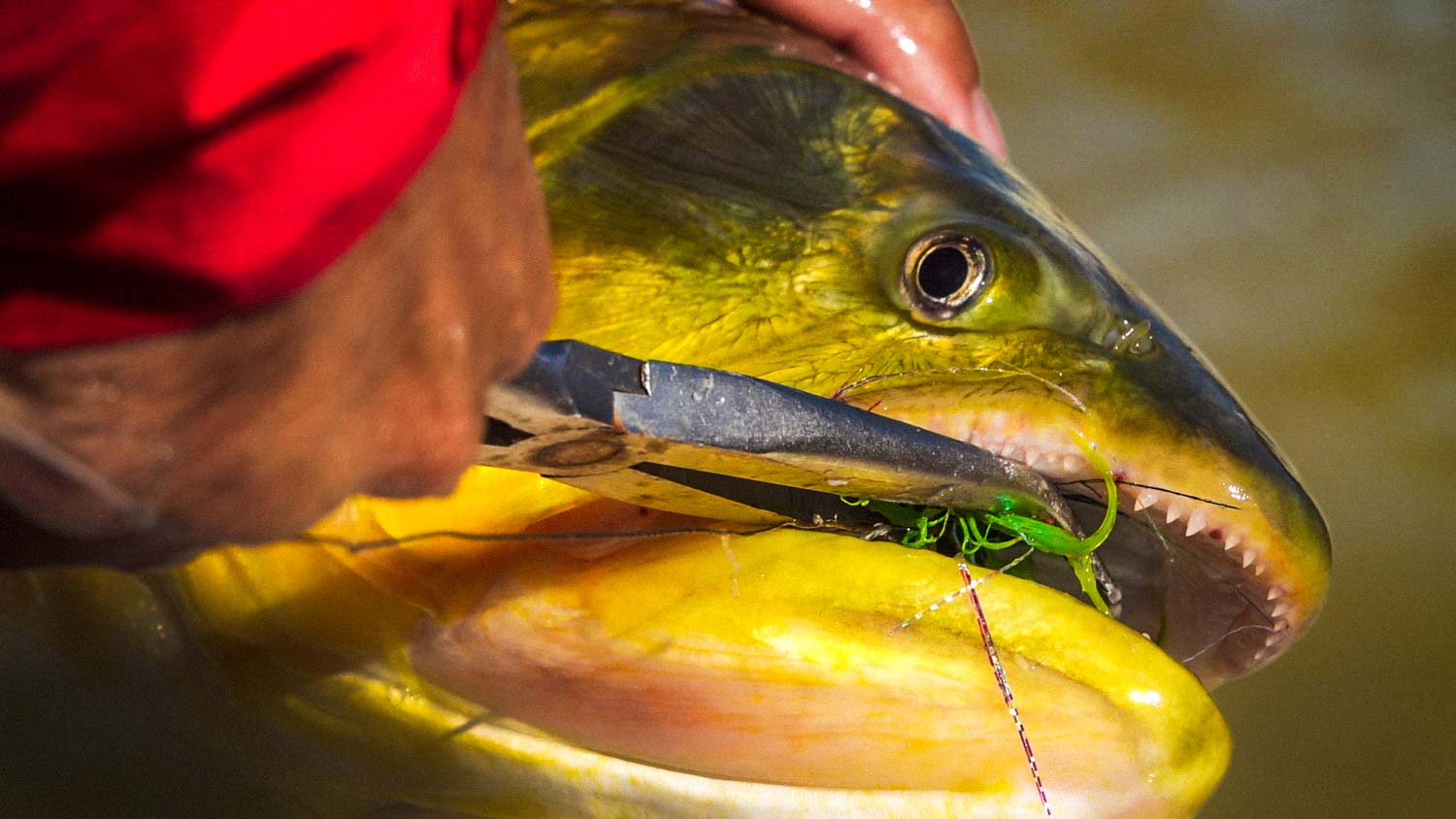
Fly fishing is all about the eat.
I remember a day floating the Snake River, about two decades ago. There was a freshly fallen tree jutting out at ninety degrees to the bank. Deep in the safe confines of its branches was a nice cutthroat, rising steadily.
“It’s an impossible fish,” my guide told me but I can’t resist a rising fish.
It took a couple of tries but I made a beautiful curve cast that fed the fly in through the branches and the big cuttie ate. Of course, the guide was right, it was an impossible fish. At least it was impossible to land but I got him to eat and that’s all I cared about.
I still feel that way. I never cry over a fish I don’t land and I don’t count the ones I do. I just like to make them eat. For me that’s a win. I know it, the fish knows it. Everything else is secondary. As rewarding as the eat is, not all eats are equal. I like feeding tough fish and I like a savage eat.
At the point where those two things intersect, you will find my favorite freshwater fish. The Golden Dorado.
I was hooked before I ever got started with dorado. I’ll never forget the first dorado that ate my fly. It scared the pants off me. I’d never seen anything like it. Not even a barracuda eat compared. Pure, unchecked aggression. It was fabulous. Factor in that the dorado is a truly difficult fish to fool, and by far the most physically demanding I’ve fished for, and you have an eat of epic proportions. I never thought I’d best that first dorado eat, until last week.
I was fishing the Upper Parana river
Read More »Fish With Benefits
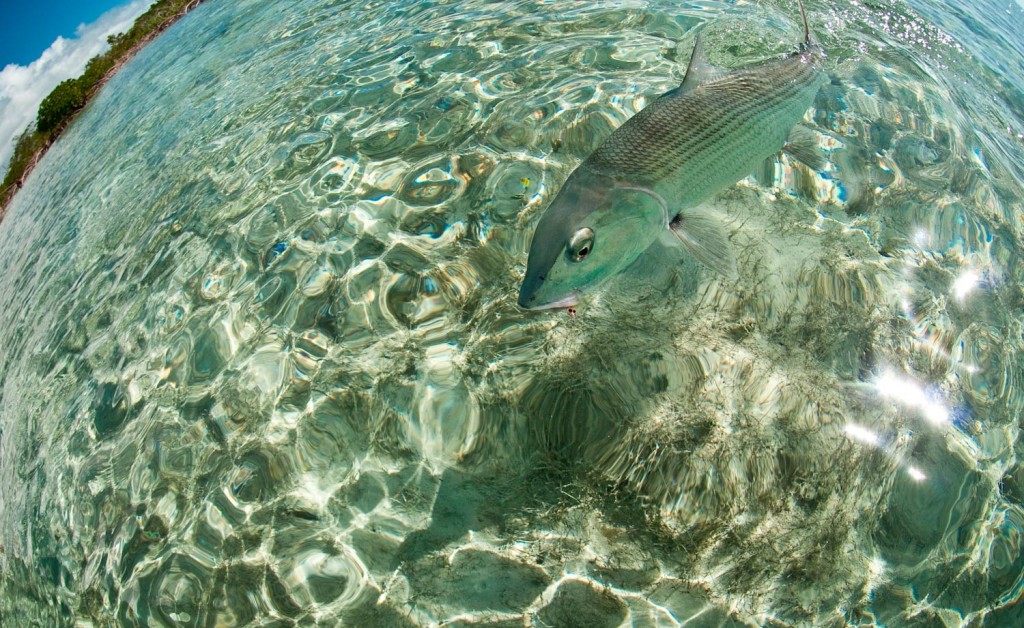
I was asked the other day what was my favorite species of fish.
That’s a really tough question for me. Sort of a Sophie’s choice question. After thinking about it for a long time I answered trout, for a host of reasons, but I quickly added, “and bone fish”! For some odd reason I then felt like I had to defend that answer. I had said trout and I had just finished talking at length about a tarpon trip I had just been on and here I was blurting out bonefish. Why? I went on to explain using a rationale I have used for years. “The bonefish is just right. It’s hard enough to catch, usually because of the conditions, that you feel like you’ve done something worthwhile but it’s not impossible like a permit. When you hook them it’s a great fight, but not an ass beating like a tarpon. They’re the just right fish”.
That’s all true and I believe it but inside I knew there was more. It ate at me, why do I love bonefish so much? I think I’ve come up with the answer. I love the fish but what I really love is bonefishing. When I think of bonefish I think of the Bahamas and when I think about fishing the Bahamas it’s a whole different feeling.
When I’m headed to the Keys for tarpon, for example, I’m excited, hell, more than excited. I know that I’m taking on a huge challenge and that something truly awesome may happen, and then again it may not. I may catch the fish of a life time or
Read More »